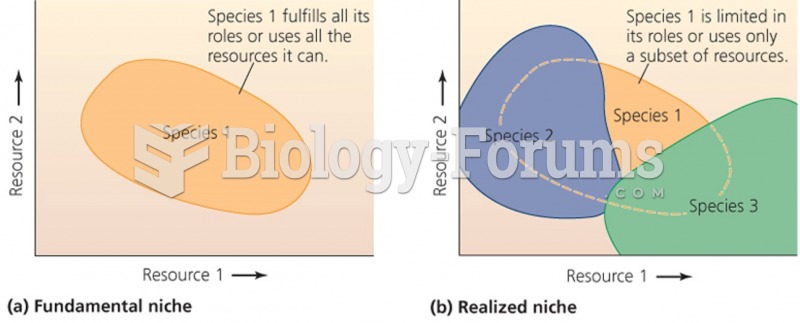Answer to Question 1
An ideal response will:
1, Outline the responsibilities of the national party committee: The Democratic and Republican national committees conduct the business of the parties during the four years between national conventions. The chair exercises little power when a president from the party is in office, because the party chair is compelled to take direction from the White House. When the opposition controls the presidency, the party chair exercises more influence in party affairs, although the extent of that power is still not very great.
2, Describe the committee's composition: The national committees are made up of elected people from each of the states, a sizable staff, and a chairperson, but they rarely meet. The real business of the committee is run by the party chair, assisted by the committee staff.
3, Assess where the main strength of the committee lies: Although the national committees have little direct power, they have become increasingly important as campaign service organizations for party candidates running for national and state offices.
Answer to Question 2
An ideal response will:
1, Define the trustee model as one in which representatives are elected to do what they think is best for their constituents, taking into consideration a longer timeframe and broader national picture, as described by Edmund Burke.
2, Define the delegate model as one in which representatives are elected to do the bidding of the people who elected them.
3, Explain that every member of the House and Senate chooses between these two styles of representation; his or her choice usually has less to do with personal tastes than with the relative safety of his or her seat and how often he or she must face the electorate. Senators with six-year terms face the electorate less often than members of the House, so they are generally freer than representatives to assume the trustee style. Because members of the House must run for reelection every two years, and tend to be in campaign mode at all times, they are pushed toward the delegate style.




